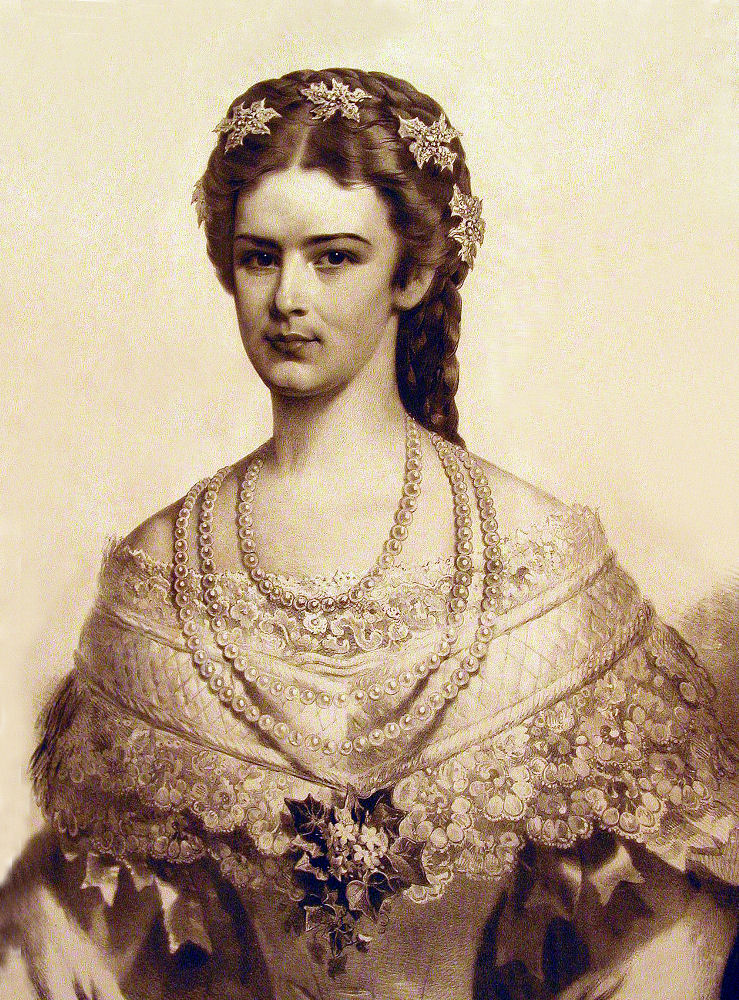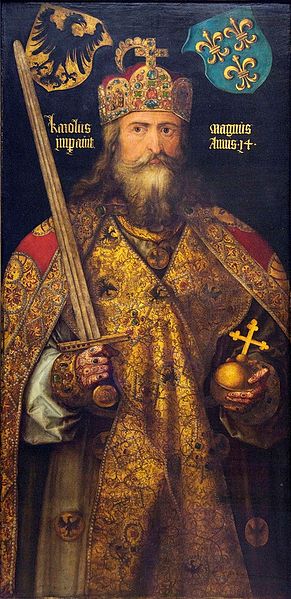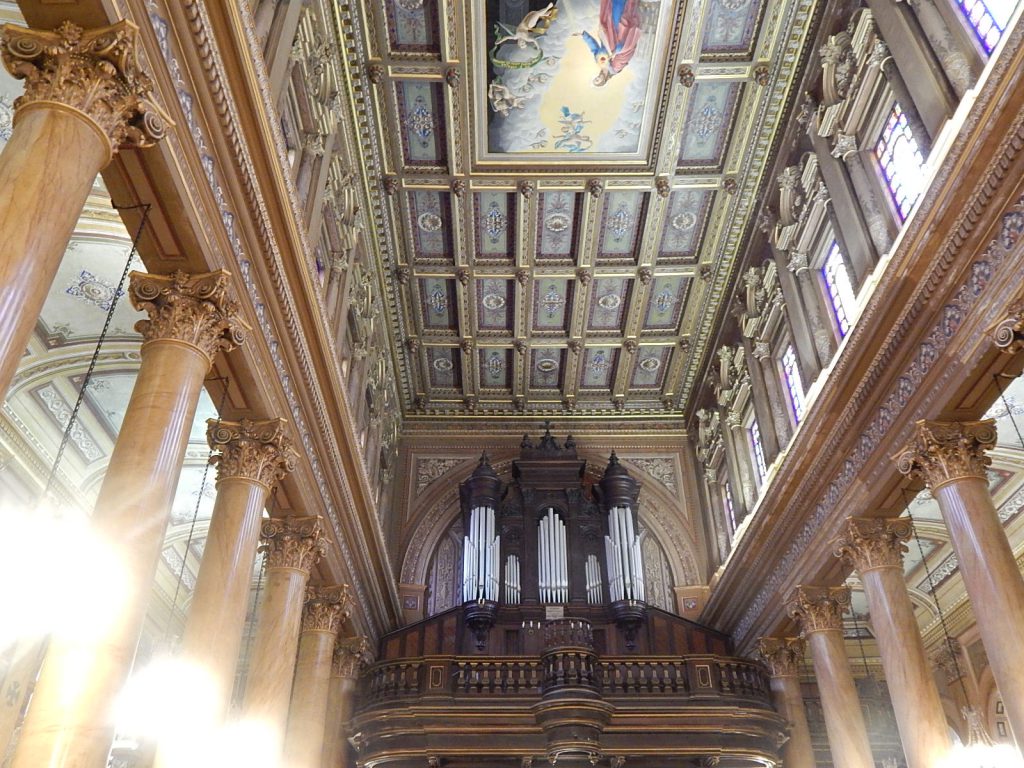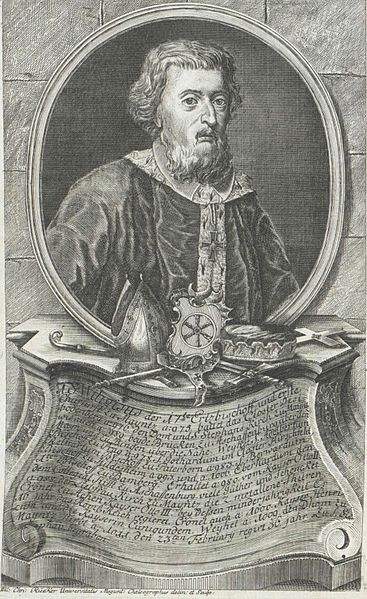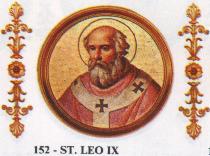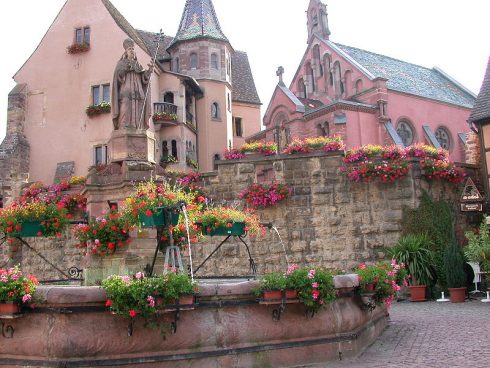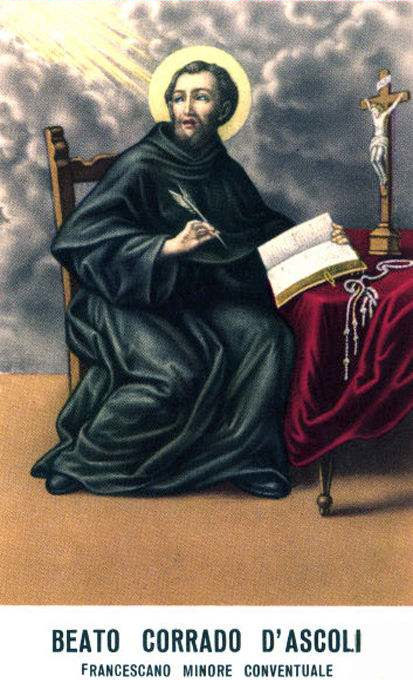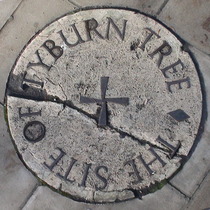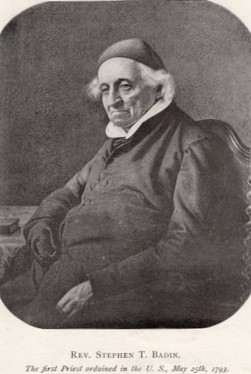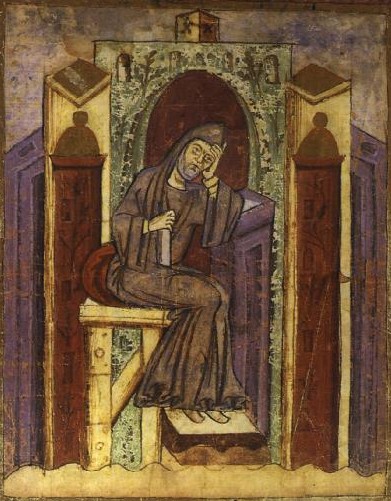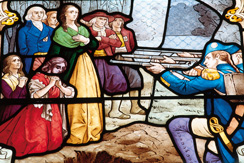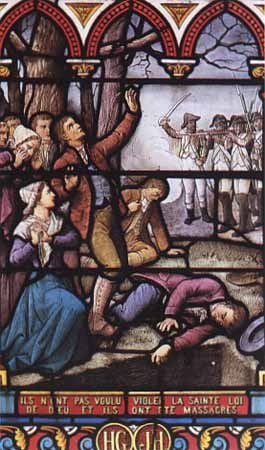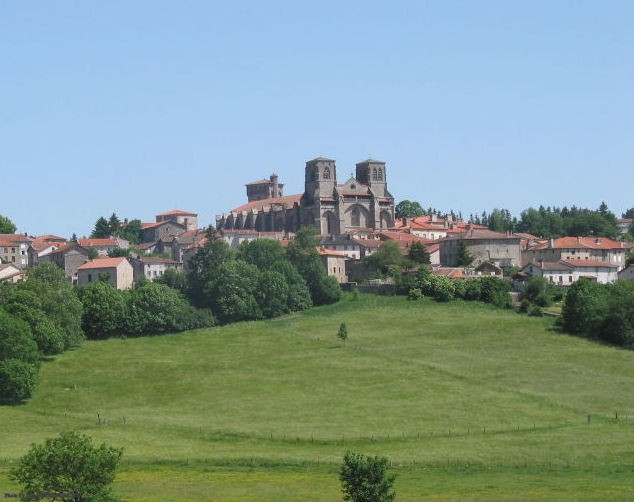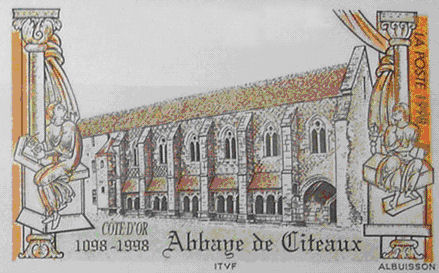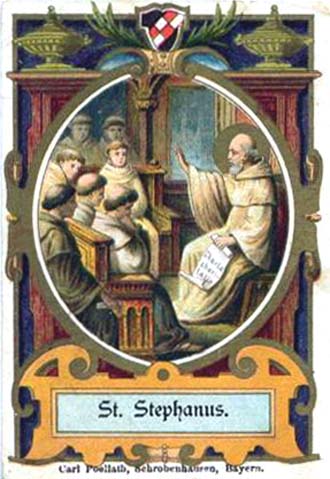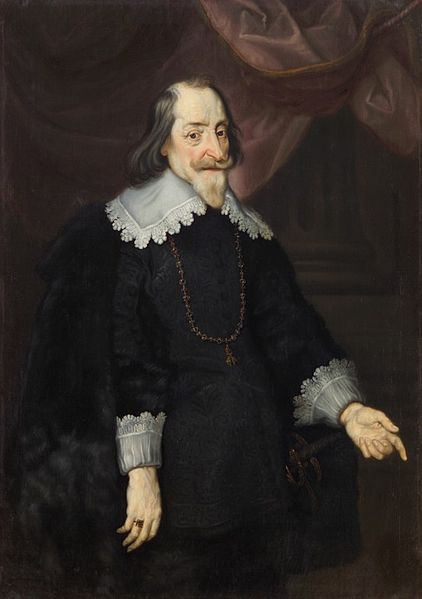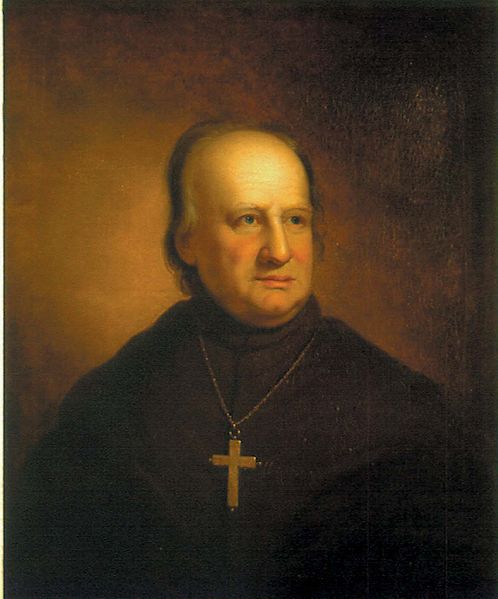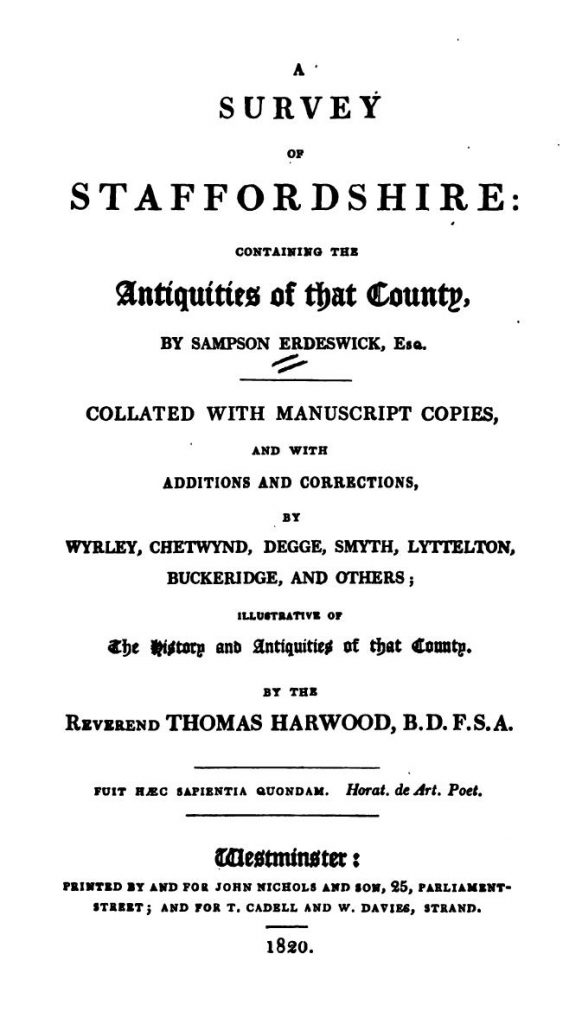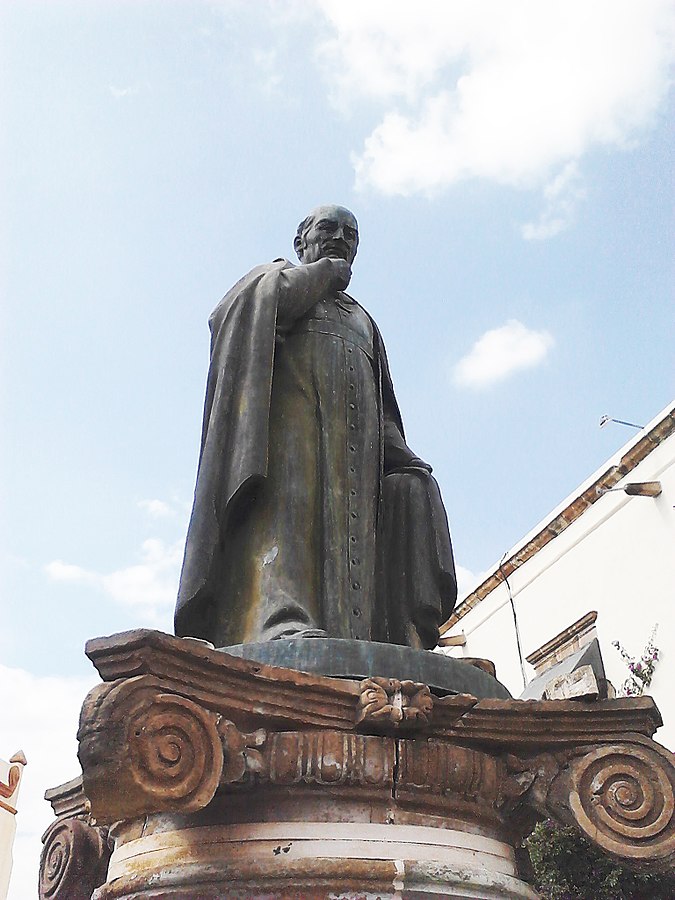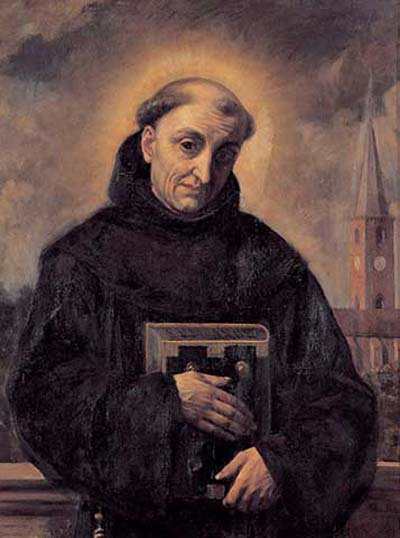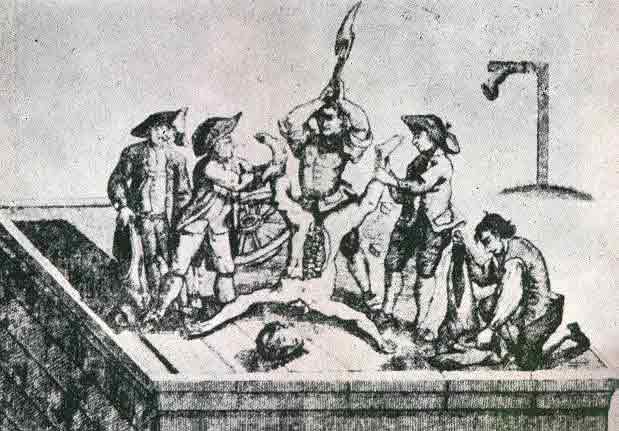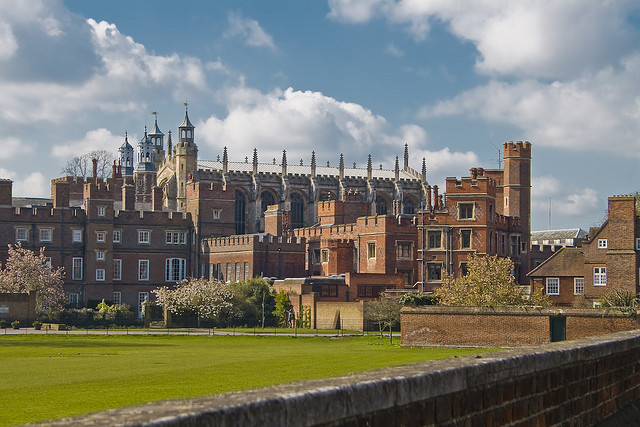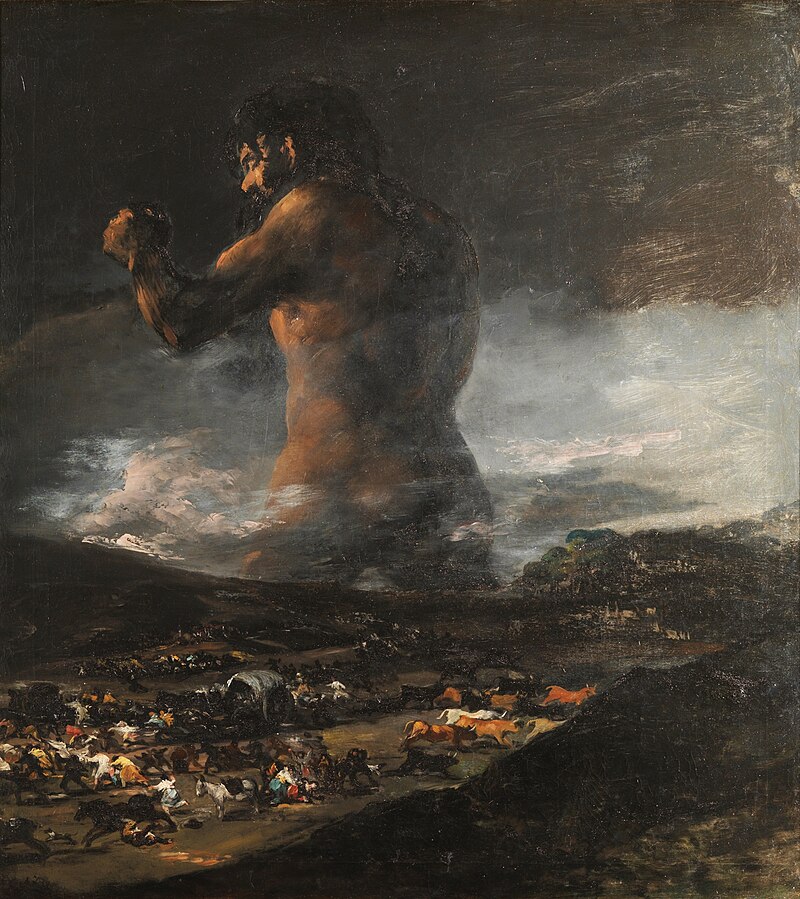
The Colossus (also known as The Giant), El Pánico (The Panic) and La Tormenta (The Storm), by Francisco de Goya.
In this painting, Goya personifies Panic in the legendary, somewhat mythological figure seen in the background. The personification of abstract concepts has a lot to do with the material that begins at this point. F. Goya, Panic, Prado Museum, Madrid.
Figures in a transisphere
1
The Princess of Metternich, the Austrian ambassador to Napolean III, tells in her memoirs that once she witnessed the Empress of Austria visiting her uncle, the great Metternich.
The sovereign was so majestic that she said that in the Empress she saw true majesty itself.
We are speaking, therefore, of a figure that she knew in concrete, from whom she selected certain aspects, and told of them in an abstract concept.
Therefore, an idea was taken and conjugated to things evident to the senses, thus forming a kind of person, a transispherical person.
2
Perhaps that which is so grandiose and even incomparable about the figure of Charlemagne is that it gives us such a sublime idea of the man in the highest condition there is in the temporal order, that of the Catholic emperor/warrior/prophet. It conveys such a high idea of this condition that we are able to foresee an imperial power greater than his, realized in an order also greater than his.
In reflecting upon the imperial character of Charlemagne we are enthused. In this enthusiasm we in fact reflect upon something greater than he in which he participates. In the temporal order, what he participates in is a creature of possibility, the perfect imperator, a concept yet far from that of God. Still, this reflection later facilitates meditation upon God Himself.
There are, therefore, two Charlemagnes: that of History, and that of the transisphere. It is necessary to imagine a Charlemagne that is not real, but that at the same time is more profound than the real one. This unreal Charlemagne is the most profound Charlemagne.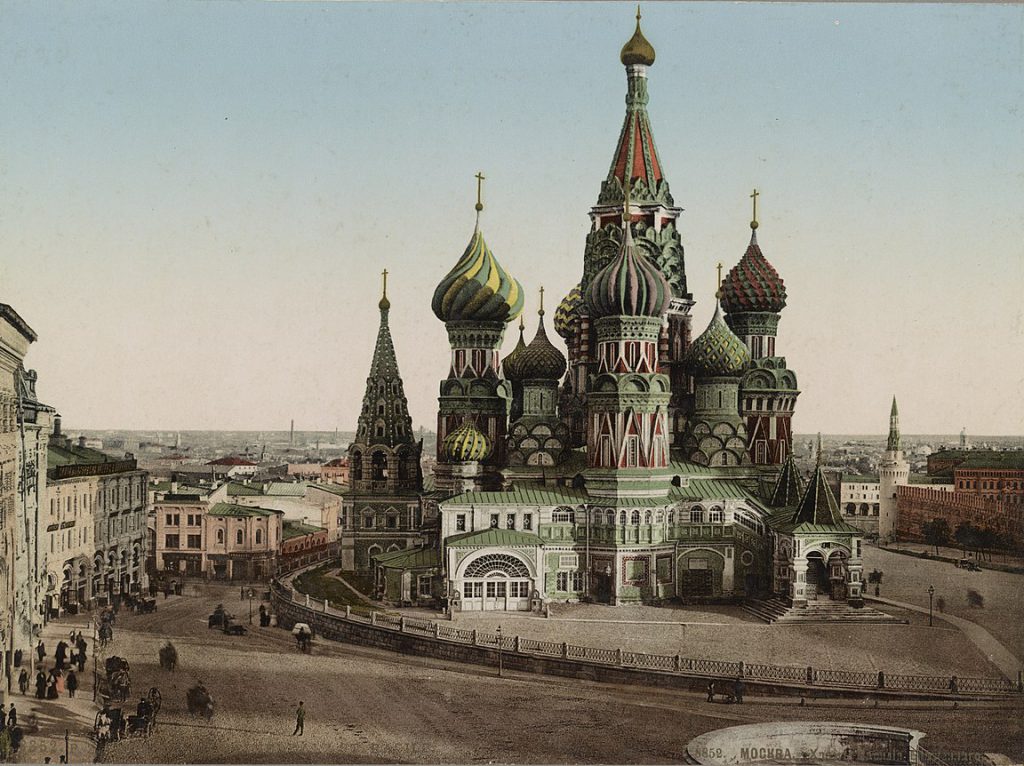 3
3
One of the most enchanting ways to consider Venice is to imagine it as a city whose streets, though solid, have all the excellent qualities of water. Above the city is a sky that looks as the sky does when it is reflected in the water, and the palaces of this city appear as does their reflection in the water.
[In Venice], there is a kind of paradox between the excellent characteristics of the solid land adapted to the fluid excellence of the water. It makes up a whole that in this order is paradoxal, and that because it is paradoxal points toward something that is more than all the images of beauty that can be expressed in various ways. It is something imponderable.4
In St. Basil’s Cathedral, there is an ideal point in which is seen the same fairylike aspect of the whole, yet which in a more tonic manner bears its own significance.

Le Mont-Saint-Michel, in in Normandy, France. Popularly nicknamed “St. Michael in peril of the sea” by medieval pilgrims making their way across the flats.
5
The spire atop Mt. St. Michael, designed by Viollet-le-Duc, is the most beautiful aspect of that edifice. But, as a possibility, it existed within the minds of those pilgrims that went there before Viollet-le-Duc actually had it built. Prior even to having existed, it was this possibility that ruled over the Abbey.
Once I heard the organ in the Church of the Sacred Heart being tuned. The man would open a note and hold it…vuuuum…and would adjust it until it sounded the way he wanted it. I was immersed for a prolonged period of time in the universe of that note. How many worlds, etc., there were in the thousand possibilities of that note.
{ 0 comments }
